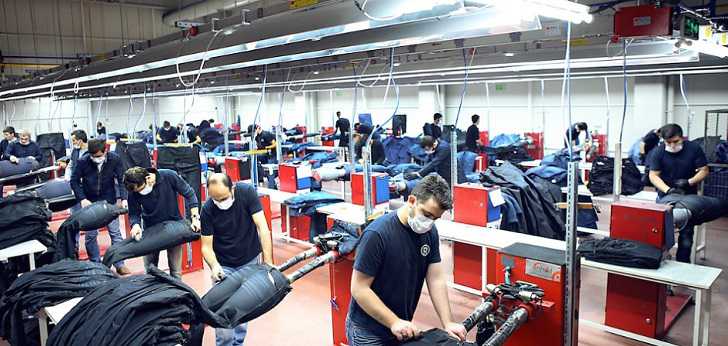Cambodia vs Vietnam: winners and losers of the global tensions

The global map of fashion sourcing could take another turn due to political tensions. The trade war between China and the United States, the pressure from the European Union on Cambodia, and the protests over wages in Bangladesh is causing instability in three of the biggest global hubs in the fashion industry. This scenario favours two other supply centres of the sector: Turkey and Vietnam.
In the case of Turkey, the forecasts by the local Istanbul Apparel Exporters’ Association (IHKIB) indicate that in 2019 international sales of the sector will grow by 10%. In 2018, the country has increased clothing exports by 3.6% compared to the previous year, to 17.6 billion dollars.
The European Union continues to be the largest market for the Turkish clothing industry. In 2018, 71% of its sales went to European countries. The only fear that the Turkish sector has is a hard Brexit, which could put in check exports to the European Union worth 2 billion dollars.
Turkey and Vietnam expect to increase by 10% and 11%, respectively, its clothing exports in 2019
Despite global uncertainties, the Turkish garment industry expects a double-digit growth for 2019, relying on its investment in technology and labour. In this regard, the Turkish Government is committed to helping the local garment industry improve its facilities with a plan of 570 million dollars.
Trade tensions between the United States and China may favour Turkey as a global fashion supplier. In fact, the local industry maintains the challenge of reaching international sales by 18 billion dollars in the medium term. Vietnam also wants to improve its positioning by taking advantage of the bad relationships between the largest fashion consumer market and its main supplier.
The Vietnamese textile and clothing industry plans to increase its exports by 11% in 2019, to 40 billion dollars. The sector considers supporting this growth with the consolidation of the transpacific free trade agreement (TPP), as well as an increase in foreign investment that excludes China due to the effects of the trade war.
Trade tensions between US and China will benefit the rest of the fashion production hubs
On the other hand, Vietnam is about to sign a free trade agreement with the European Union, which would eliminate practically all existing tariffs in the exchange of goods between both parties.
Cambodia and Bangladesh, on their behalf, have not advanced forecasts for 2019 yet due to the complexity and uncertainty that their respective garment industries are going through. In the case of Cambodia, the European Commission is making progress in the expulsion of the Everything but Arms program from the country, which grants zero tariff on its exports to the European Union.
Despite this, the latest forecasts made by the Government of the country placed the garment industry as one of the pillars of its economic growth for 2019 along with construction and tourism. The Executive took into account that, in 2018, the international sales of the sector shot up by 24.7%.
Cambodia shot up in 2018 its clothing exports by 25% and Bangladesh, 15.6% in the first half of 2018-2019
Bangladesh, on the other hand, is in the spotlight for the giants of fashion distribution which face a new wave of demonstrations by the workers of the textile industry in the country. The wage increase that has come into effect this year is not enough for the workers’ representatives and everything seems to indicate that the climate of conflicts in the main industrial areas will persist.
In the first half of fiscal year 2018-2019, the textile and clothing exports from Bangladesh grew by 14.42% compared to the same period of the previous year, reaching 20.5 billion dollars. Only clothing exports soared in these six months by 15.6% to 17.08 billion dollars.
However, in case the labour and social tension in the country’s factories tones down, Bangladesh also aims to take advantage of the trade conflict between the United States and China, and the political tension between the European Union and Bangladesh.
Source: https://www.google.com
Tags :
Previous Story
- Cut from cloth, a nation
- 2 Reasons To Sell Tesla: $920M And $26,250
- China's energy giant inks deal with UK firm...
- Abul Kasem Khan: Biggest challenge in our economy...
- Golam Dastagir Gazi new Bangladesh textiles & jute...
- Bangladesh clashes prompt garment industry wage review
- Protests hit Bangladesh's clothing manufacturers as election nears
- Trade war buoys apparel industry in Bangladesh and...